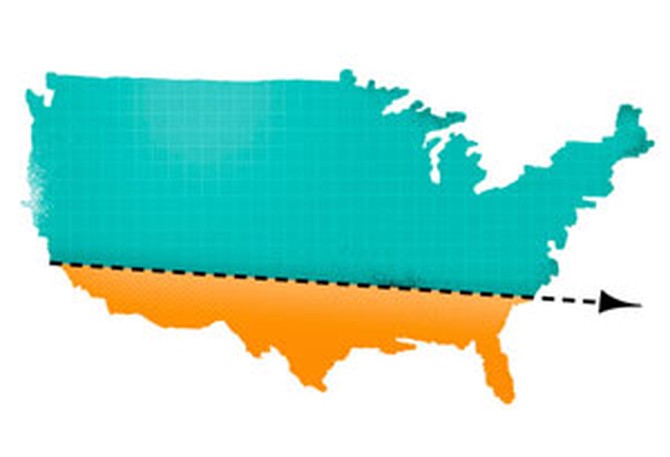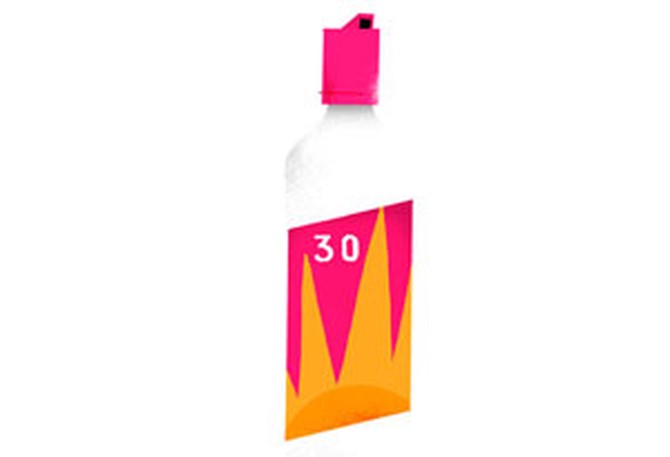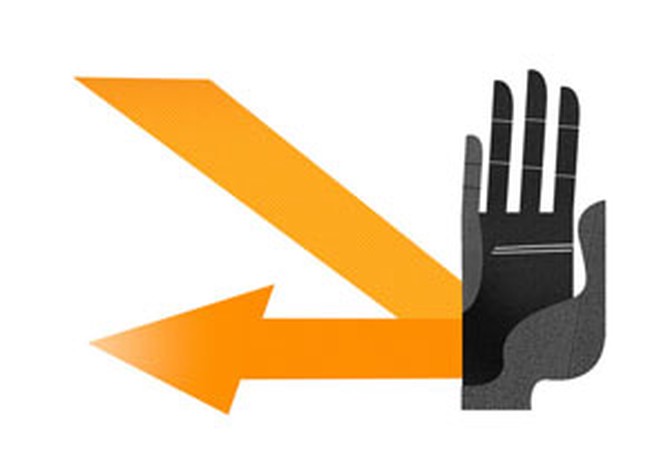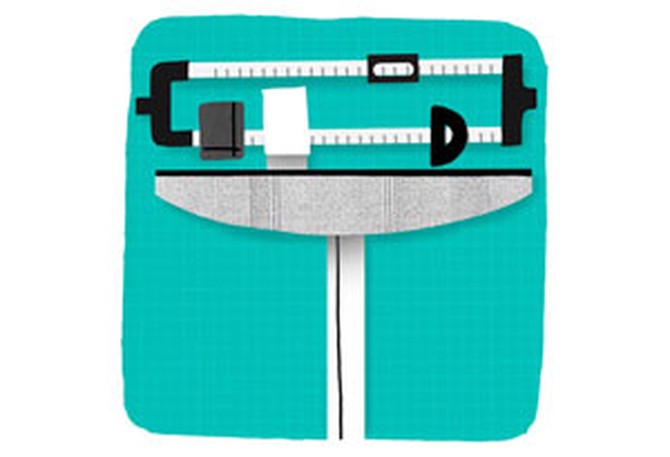5 Things That Increase Your Risk of Vitamin D Deficiency
If you meet any of these criteria, chances are you're not getting enough D.
By Nancy Kalish

You live north of 34 degrees latitude.
"From October through March, the angle of the sun is so low that we just can't produce any D from it," says Joan M. Lappe, PhD, a researcher and professor at Creighton University. Only those living south of 34 degrees (imagine a line running from Los Angeles to Columbia, South Carolina) get enough UV-B rays year-round.

You slather on sunscreen.
If properly applied, SPF 30 will block 97 percent of UV-B rays, which is why some experts feel we should (gasp!) be using less of it. In Australia—the skin cancer capital of the world—the Cancer Council has actually begun recommending a small amount of daily exposure sans protective goop.

You have dark skin.
If your skin has a high melanin content, you absorb less sunshine. Forty to 60 percent of African-Americans are deficient in vitamin D.

You rely on a multi for your daily dose of D.
The daily value for vitamin D was set back in 1997, and many experts believe it's woefully inadequate. For example, studies found that taking 400 IU (the amount in most multis) did almost nothing to lessen the risk of bone fractures in older women. But taking 700 to 800 IU considerably reduced fractures.

You're obese.
The vitamin is stored in fat, and people who have a greater amount of fat tend to have less D circulating in their blood for use throughout the body. Chances are, the higher your BMI, the lower your D levels. (The good news: Increasing your D intake could help you lose weight. In a small diet study at the University of Minnesota, people who started with the highest levels of D lost significantly more weight—and more of it was dangerous abdominal fat.)
Next: How to make your vitamin D levels higher
Next: How to make your vitamin D levels higher
From the November 2010 issue of O, The Oprah Magazine

